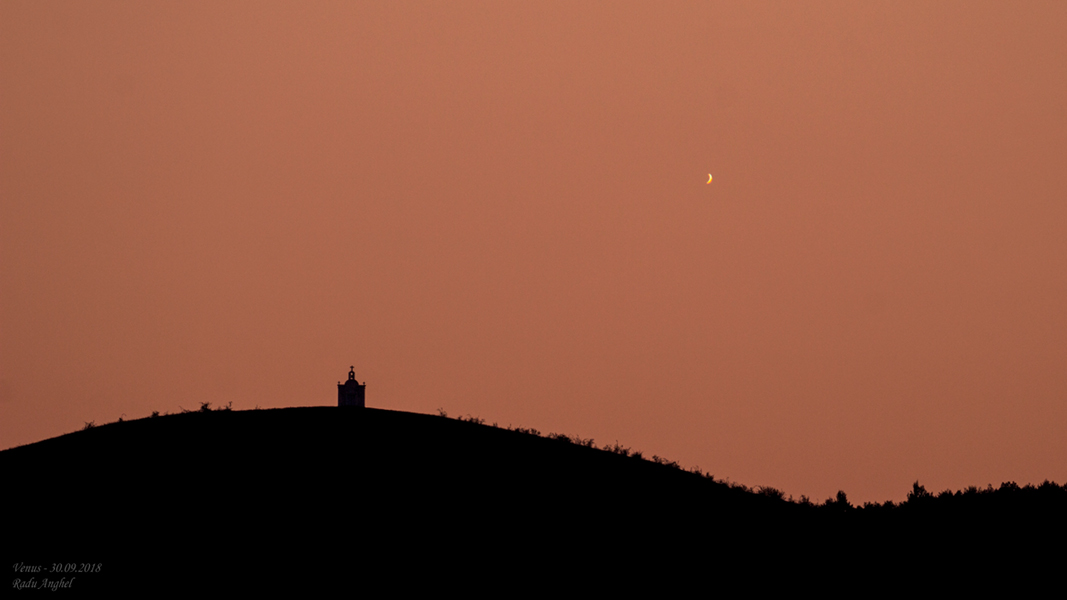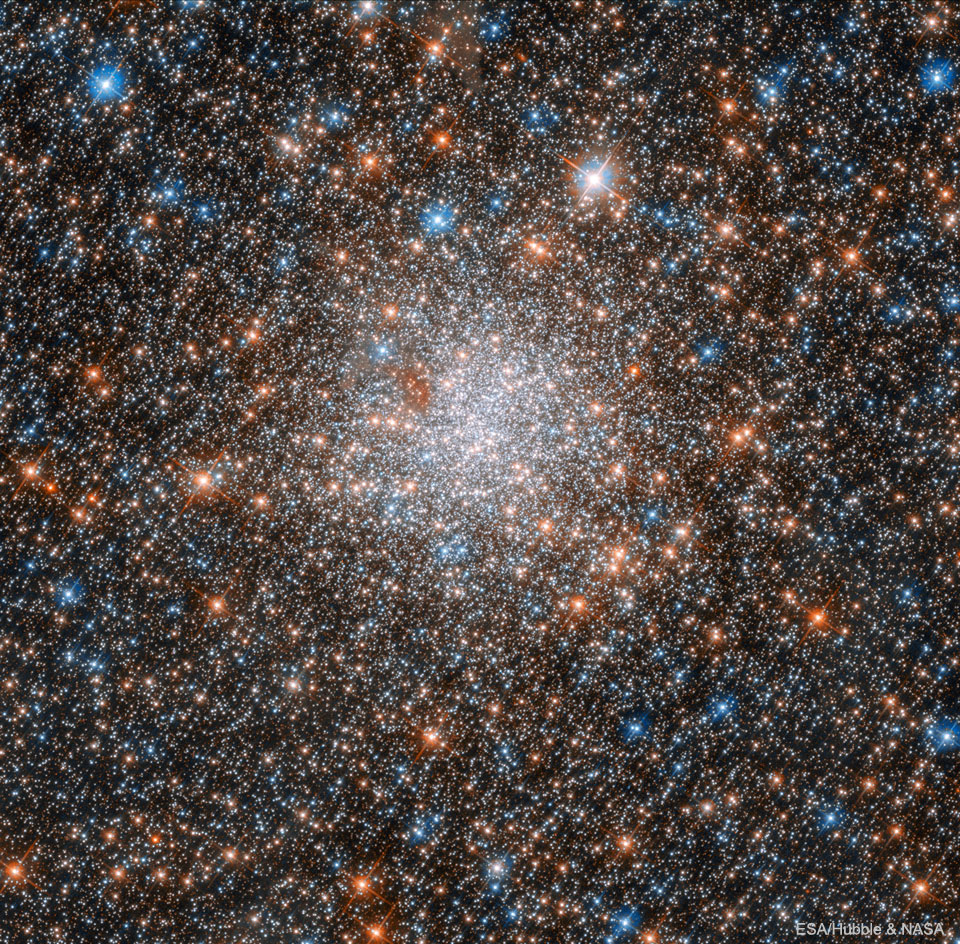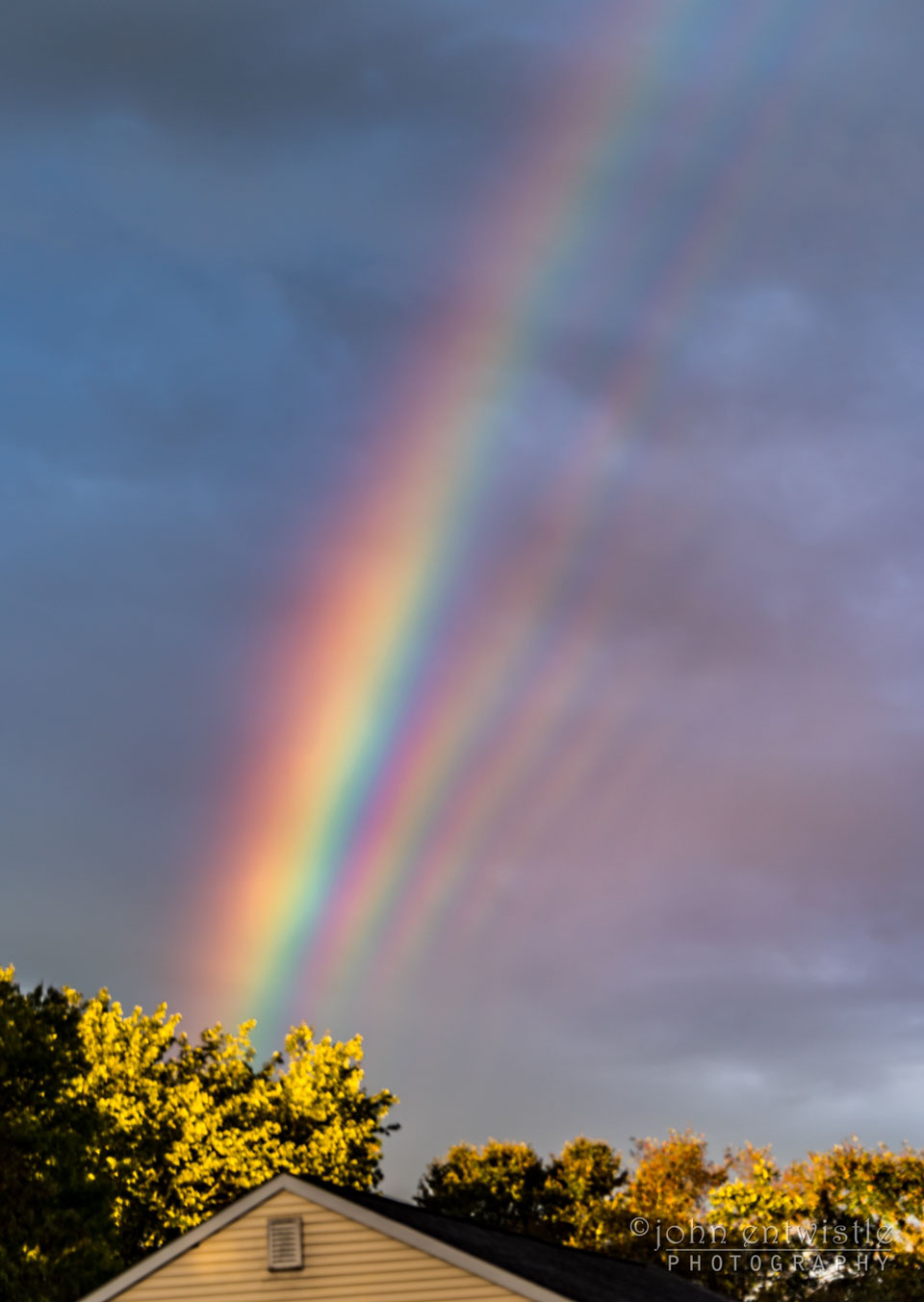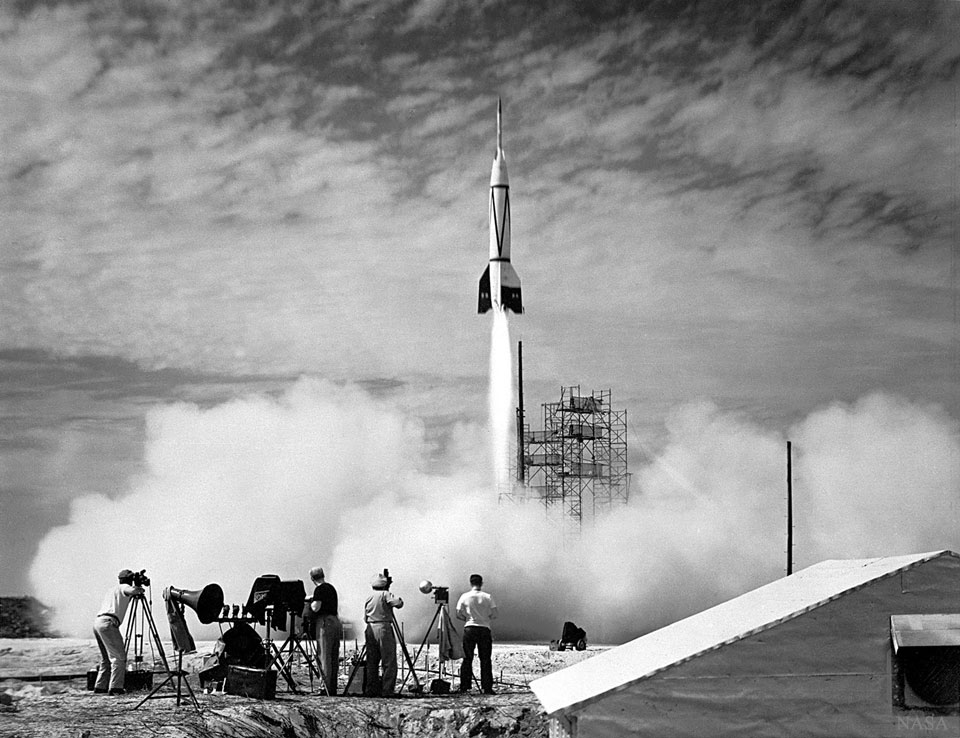
O astronauta Nick Hague da NASA e o cosmonauta Alexey Ovchinin da Roscosmos regressaram à Terra depois de o foguetão russo Soyuz que os levaria até à Estação Espacial Internacional ter acusado erros de funcionamento minutos depois da descolagem em direção ao espaço. A agência espacial norte-americana diz que os astronautas detetaram problemas no motor da aeronave, que fez um regresso de emergência à Terra em modo balístico. Os astronautas voltaram em segurança e já saíram da cápsula russa.
No momento em que o erro foi detetado é possível ouvir um sinal de alerta e a mensagem: “Inaudível. Há uma emergência. Há uma falha no impulsionador. Estamos em ausência de peso”. Às 10h20, os astronautas aterraram em segurança no Cazaquistão e estão agora a ser acudidos pelas equipas de busca e salvamento. A agência espacial norte-americana diz que os dois astronautas estão “em boas condições”.
Observador - Portugal








